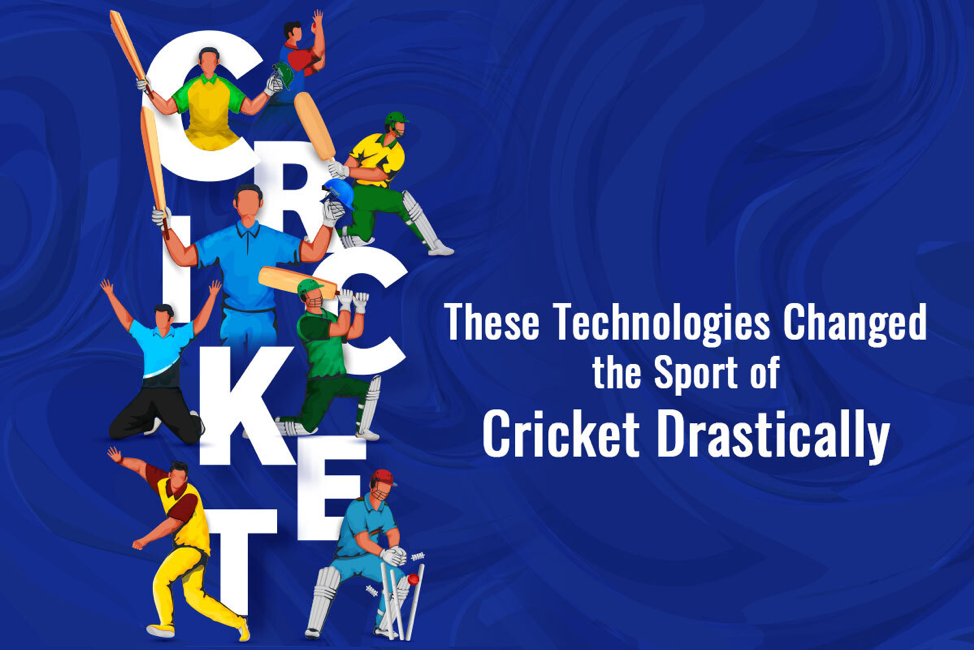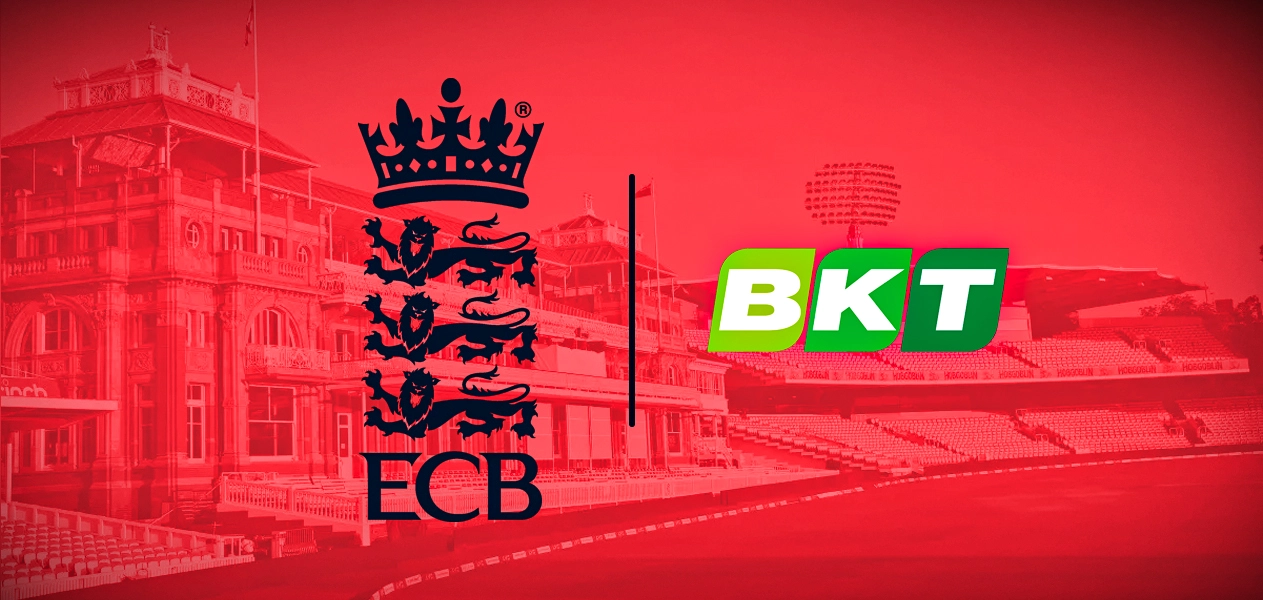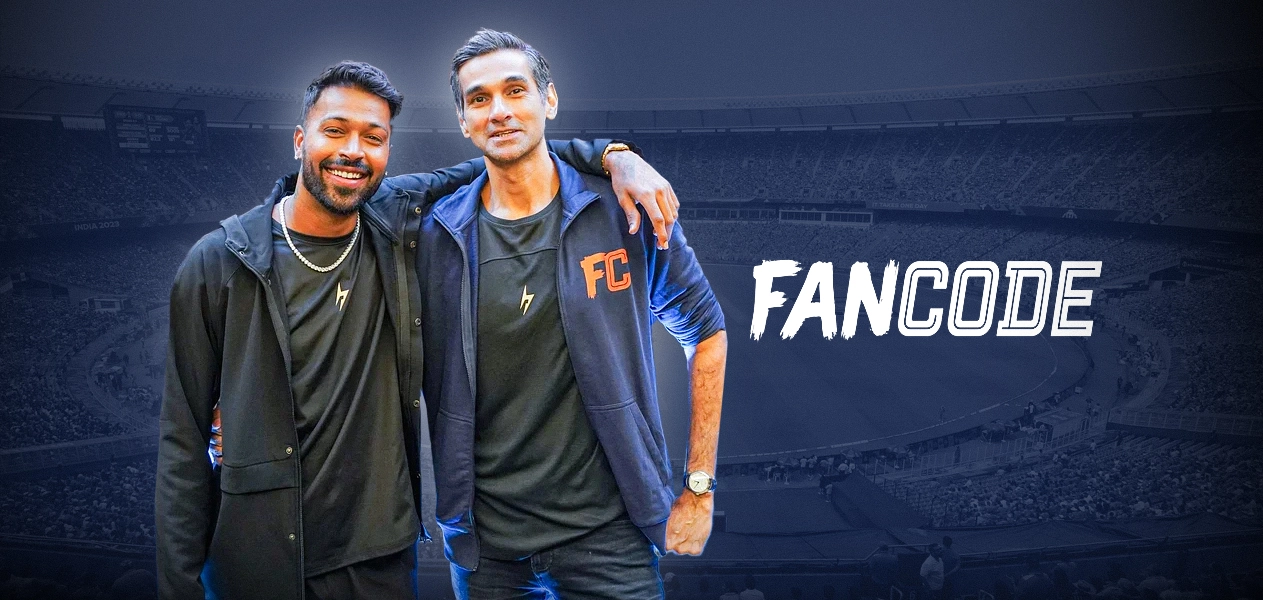Cricket is arguably the second most followed sports in the world. Trailing only behind football, cricket is loved by hundreds of millions of people around the globe. Besides watching cricket matches on screen, hardcore fans of the sport love indulging in activities that make them feel closer to the sport or experience it in a more immersive way.
A few examples of such activities include going to stadiums and watching matches, indulging in fantasy cricket online, purchasing merchandise of favorite teams, etc. Over the years, the experience of enjoying cricket has significantly evolved, primarily due to the advancements in the field of technology. For example, people can now watch any cricket match on their smartphone or tablet by streaming it virtually.
Similarly, there have also been numerous innovations in terms of the technology used during cricket matches that have changed the game drastically. Here are a few examples of such innovative technologies whose introductions have reformed the Gentleman’s Game forever:
- Hawk Eye Technology
As its name suggests, this complex, innovative technology is used in cricket matches to visually trace the movement of deliveries. Besides allowing officials and the audience to see the ball’s movement, it projects its path and renders it in real-time video after following and tracking its movement.
The advanced form of technology comprises picture processing and 3-dimensional modeling techniques. It also follows numerous physics rules and regulations. To use the Hawk Eye, a total of four cameras capable of capturing high-speed images are installed at different points in the stadium.
The Hawk Eye is used to confirm whether the bowling team’s claims that the striker is out after the ball strikes their leg pad is true or not. In simpler terms, it is used to determine whether a striker is LBW or not. The third umpire checks the footage that the technology captures and gives their final decision.
- Hotspot
Hotspot is another notable type of technology that is used in cricket matches to track the ball. It is a kind of delivery-tracking technique that takes the help of infrared or IR cameras to determine the heat signatures created by the impact of balls.
Hotspot assists umpires in determining whether a batsman’s wicket is lost by checking the concerned delivery’s impact, i.e., it facilitates them to determine whether the delivery in question hit the striker’s pad, bat, glove, or nothing. To use the technology, a minimum of two IR cameras are fitted at both ends of the straight borders.
The said cameras capture the visual information and share it with the computer, which in turn generates a series of black-and-white or monochrome frames. Then, the subtraction procedure is used to determine the precise point of contact.
- LED Stumps and Bails
Back in the mid-90s, when technological advancements had not graced cricket matches, it was tough for on-ground umpires to give decisions, especially run-outs, and stumpings. Back then, there was also no option to go to the third umpire. The introduction of LED stumps and bails changed this aspect entirely.
As its name suggests, LED stumps and bails come fitted with LED lights that, when touched, light up. The bails are popular for glowing within 1/1000th of a second after dislodging from the stumps. When these smart technological parts became a part of games, decision-making for on-field umpires also became easier.
- Radar Gun
Also referred to as the “Speed Gun,” the Radar Gun is a simple yet innovative device that is an integral part of all cricket matches. With the help of a Radar Gun, the speed of deliveries is calculated. It has been in use since 1999, and it continues to be used for measuring delivery speeds even in domestic cricket matches.
The innovative device is based on the “Doppler’s Shift” theory. It emits a beam from its head to detect the movement of deliveries across the pitch. One of the most appealing features of the device is that it is very quick and accurate when it comes to recording the speed. It instantly records the speed the moment the ball zooms past it.
Due to the use of this device, fans are able to know the fastest deliveries bowled in a season as well as the individual who bowled the fastest ball in matches. Hence, it would be safe to say that the highly efficient device enhances the game’s overall appeal.
- Snickometer
Snickometer or Snicko, as it is more commonly known, is an advanced form of technology that is used during matches to analyze sound & video and the noise frequency to determine or gauge whether the delivery bowled by a bowler made contact with the striker’s bat before falling into the hands of the wicketkeeper or fielder.
If the results show that it did make contact with the bat, the striker will be sent back to the pavilion. Snickometer officially made its appearance in cricket matches in the mid-90s and has been around ever since then.
Similar to all other types of technologies, the power to make use of the Snickometer lies in the hands of the third umpire after the on-field empires request a thorough recap of any delivery. The frequency obtained on the computer via the Snickometer helps umpires determine whether a batsman is out.
The introduction of the aforementioned technologies has significantly benefited the sport of cricket. Since innovation is endless, it is safe to say that new devices and technologies will continue to grace cricket and keep making it better.






Leave a Reply